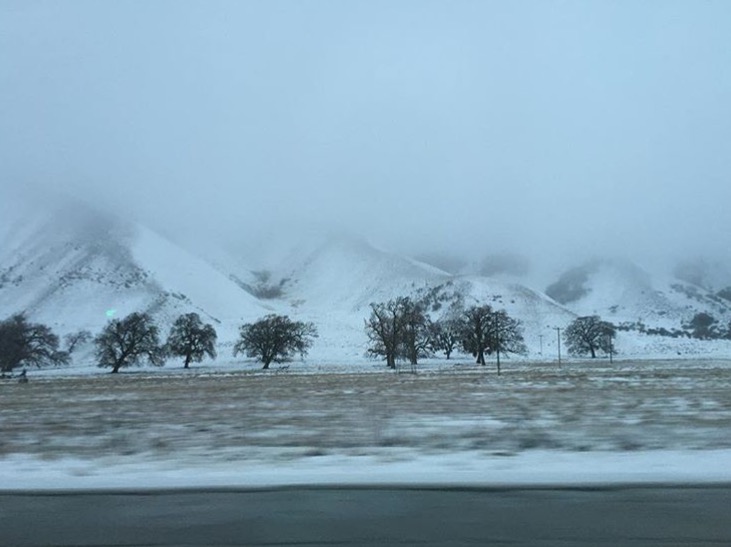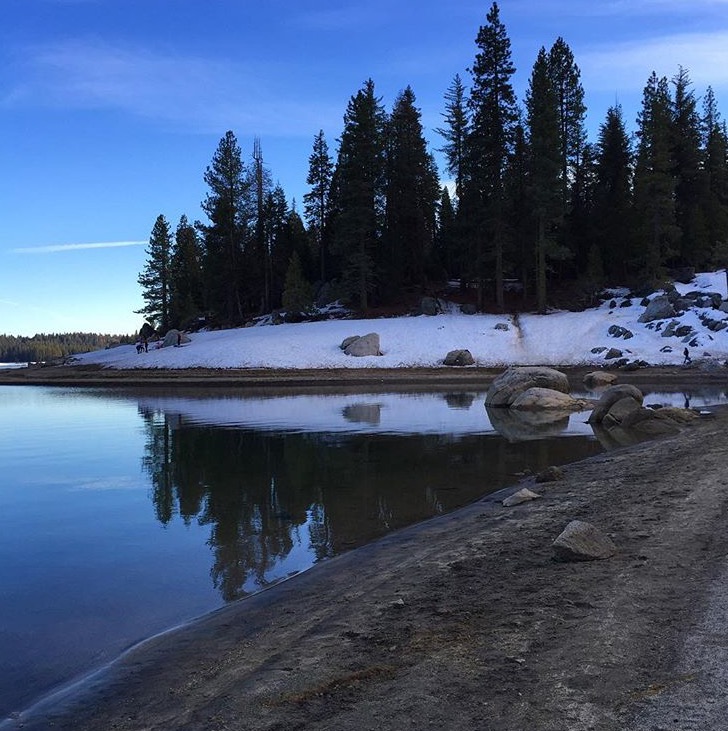
Now that it’s autumn, even though in my neck of the woods today was 80 degrees and tomorrow promises to be the same, it’s time to look at a few sustainable ways to winterize your world.
Let’s start with the outside of your home:
- Before it gets cold make sure you drain and disconnect all outside hoses. If you have rain barrels, be sure to drain those as well if you’re in an area that freezes.
- Make a plan to clean your gutters. Keeping your gutters clean helps to prevent ice build-up on your roof by allowing water to drain away rather than freezing on your roof or underneath your shingles.
-
Take an afternoon to clean your window panes, inside and out. Dust particles can filter out some important warming rays from the sunlight coming through your windows during the daylight hours. Make sure to use a non-toxic window cleaner (you could use the recipe below) to ensure that you maintain healthy indoor air quality.
- Window cleaner: Fill a spray bottle with water and ¼ cup white vinegar. Reduce waste by using a soft cloth or newspaper instead of paper towels (and they leave a better finish). For more green cleaning recipes, visit https://recyclenation.com/2016/05/7-tips-for-greening-your-spring-cleaning.

Moving inside:
- Check your home for leaks. With cooler nights, you can probably detect if you have drafts coming into your home. Make your home more energy efficient by sealing those leaks with insulation or weather-stripping. This can reduce your energy costs by up to 20 percent, according to Energy Star.
-
If you need to insulate areas of your home, consider using green alternatives to traditional insulation.
- Find out more about a greener insulation alternative, at https://recyclenation.com/2011/09/recycled-denim-insulation.
-
Before you need to turn on your furnace, have it serviced to make sure it is running properly. When your furnace is running efficiently, you save energy thus saving you money. Check the filter, if it looks dirty, replace it. According to Energy Star, a “dirty filter can increase energy costs and damage your equipment, leading to early failure.”
- Check out this handy maintenance checklist at https://www.energystar.gov/index.cfm?c=heat_cool.pr_maintenance before you have your heating system checked to ensure that your equipment will be at peak performance.

Your car:
Whatever weather conditions your region faces during the winter months, be sure your tires are up to the challenge. According to Consumer Reports, keeping your tires correctly maintained and properly inflated will increase your gas mileage. It will also ensure your car handles and brakes correctly. Check your tire pressure at least once a month. Your owner’s manual will give you the specifics for your vehicle.
Be prepared:
- It’s always a good idea to have an emergency kit just in case the power goes out for an extended period of time. Click over to Ready.gov for details on putting one together.
- And while you’re at it, make sure you prepare an emergency kit for each of your vehicles in case you get stranded while driving. The Department of Motor Vehicles (DMV) has some tips on how to pack an emergency kit at http://www.dmv.org/how-to-guides/emergency-kit.php.